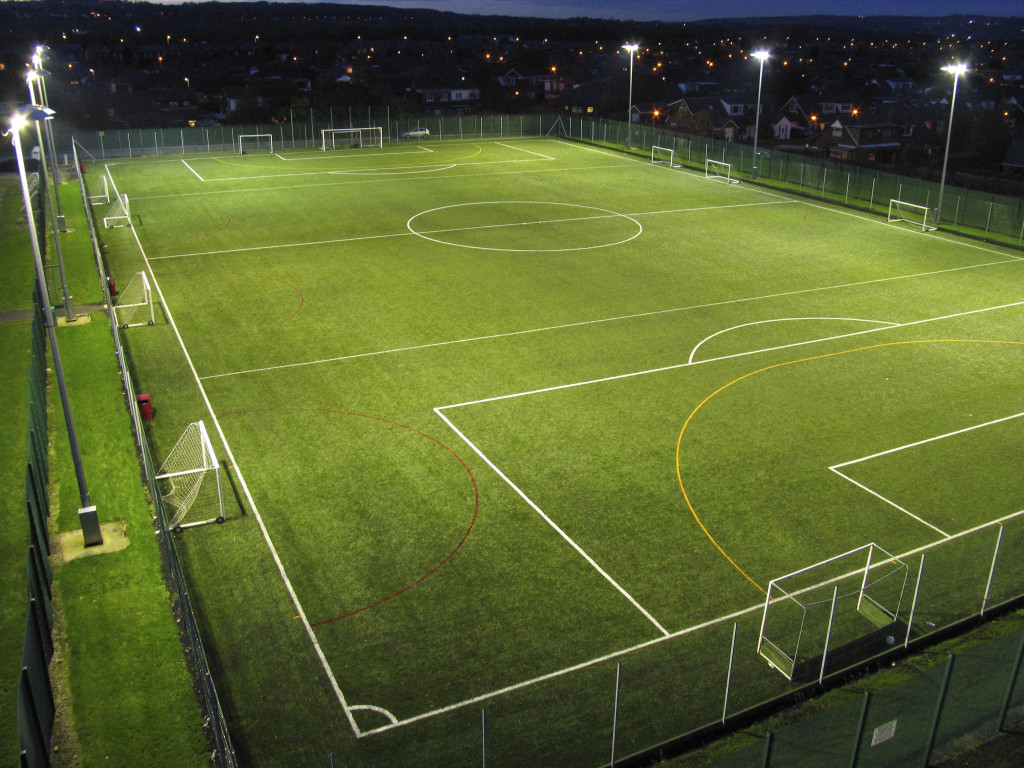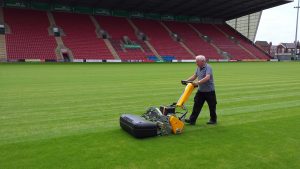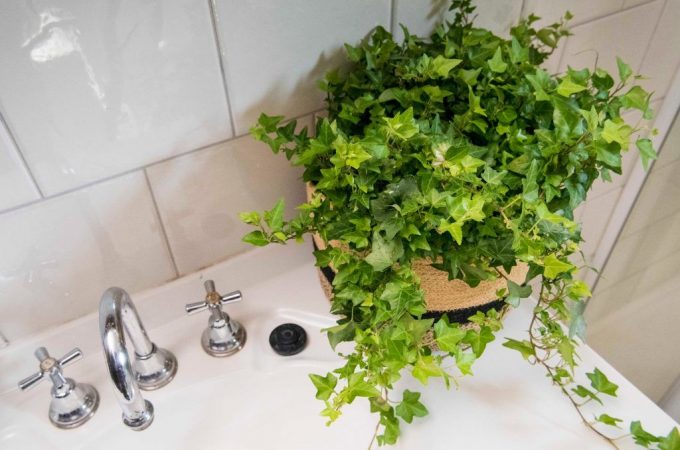
Guide To Soccer Field Surface Quality And Maintenance
Many of us, when thinking about soccer, think of our favorite players or favorite matches. We think of how great some goals were scored, and how many chances were lost in one action. And while many enjoy just watching soccer or using Tote Welcome Bonus offers during the games, some are interested in something beyond the games – something so practical, yet something that is often overlooked. What I’m talking about is… soccer fields. Yes, soccer fields are incredibly important for all of the games we like to watch, but their maintenance is something that not a lot of people are interested in. Maintaining a soccer field can be quite a difficult and costly task. As a matter of fact, finding a quality soccer field which doesn’t belong to an elite is quite rare. If you are in the business of soccer field maintenance, here are a couple of tips to keep in mind.
Mowing
This is extremely important to build up strength in the turfgrass. By doing this, you are also encouraging lateral spread of the grass. It is recommendable to mow twice a week—always at a height of 1″ from April to October, but when winter is about to come, mow at a height of 2″.
Clipping Removal
Every time you mow the field, proceed with the removal of clipping from the turf, especially during the months of April through October. This encourages healthy regrowth as the grass can breathe better.
Fertilization
You should only fertilize the field with products that contain a soluble mixture of nitrogen, phosphorus, and sodium. For example, consider using slow release products like Nutralene or Tri-Kote. Avoid straight soluble solutions in order to prevent valley growth. Overall, the fertilization process should be very aggressive during Spring. Therefore, start fertilizing from January and increase the pace from July into early December.

Overseeding
Partially overseed 1-3 times per year, and at least once a year, overseed the entire field. Focus on target areas like goal mouth and field centres which tend to lose the grass quicker. Experts recommend using 5 pounds of seed per 1000 sq. ft. on modest wear areas, while heavy wear areas will need about 10 pounds per 1000 sq. ft. It is also recommended to spread ¼” of sand over the field afterwards to get better seed germination.
Coring
Coring is important to reduce surface tension and enhance the infiltration capacity of the soil. Soccer fields should be cored 3 to 4 times per year. Do this by using sweep up cores from late March to April, then once in June, and finally, once again when the summer is over. To prevent accidents from debris on the field, don’t core during the playing season.
Topdressing
Top-dress the field 4 to 5 times per year by using quality sand. It is vital that you time this step during spring until fall because it’s when the fields are drier. Always remember to top-dress before irrigation. This is very important to firm and smooth the field, thus providing a quality surface.
Watering
This final step is essential. Soccer fields need to be watered every 3 days from June to September, and then you can decide the best course of action for the rest of the year. Aim to apply at least 1″ of water per week to improve turfgrass growth.




